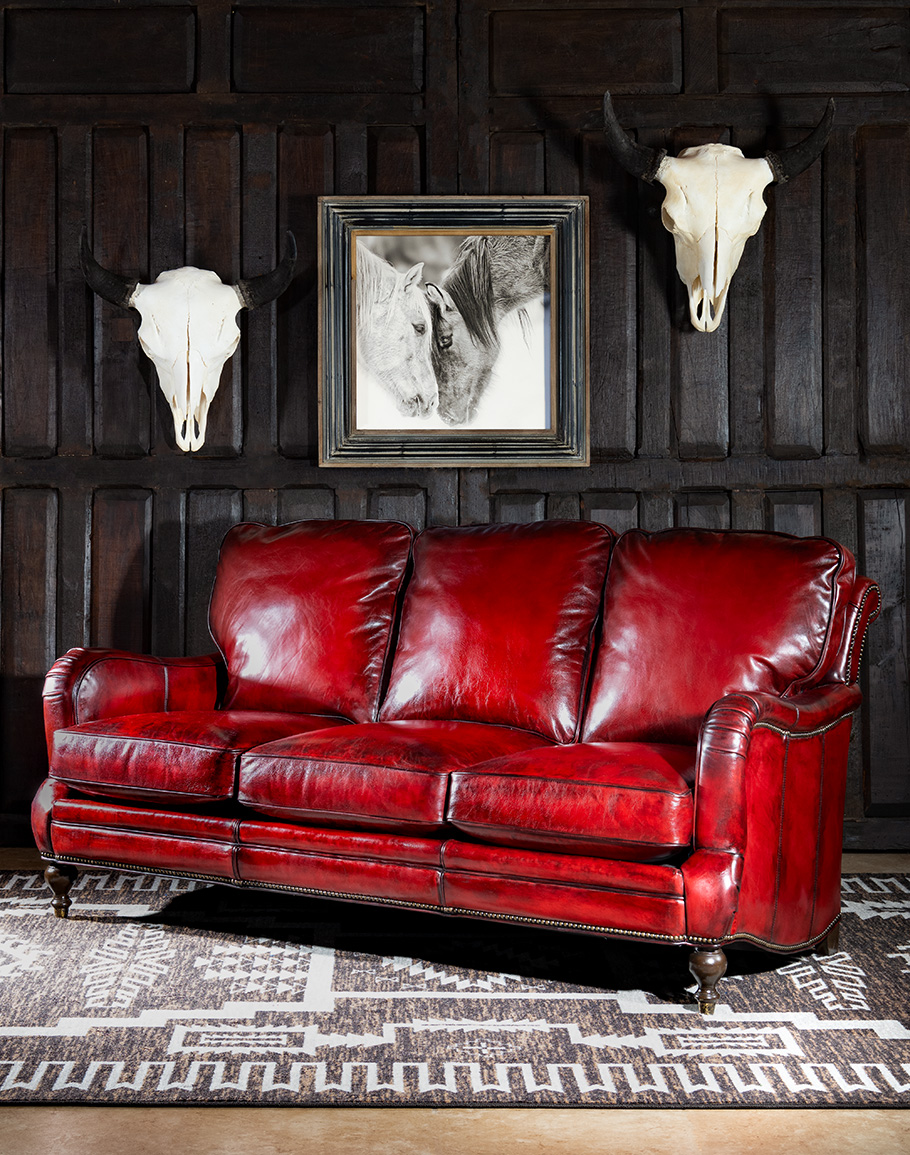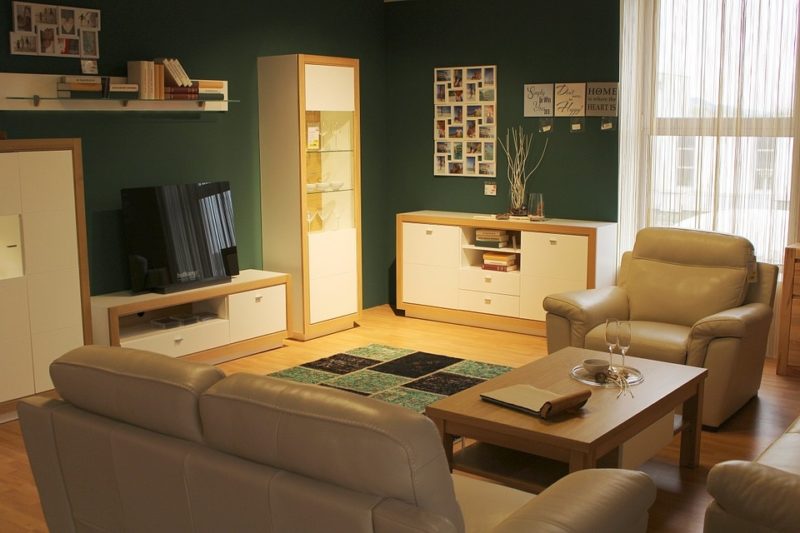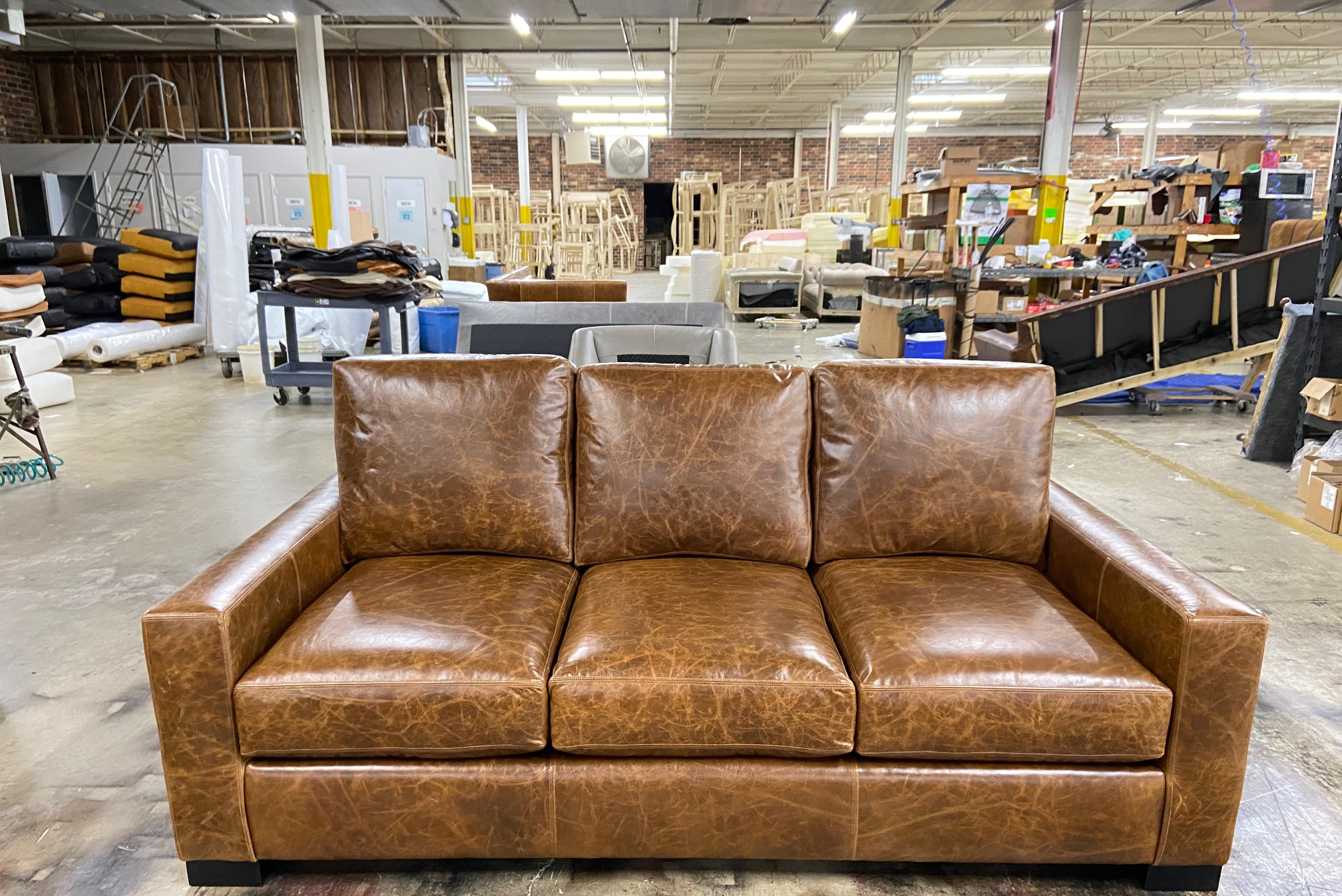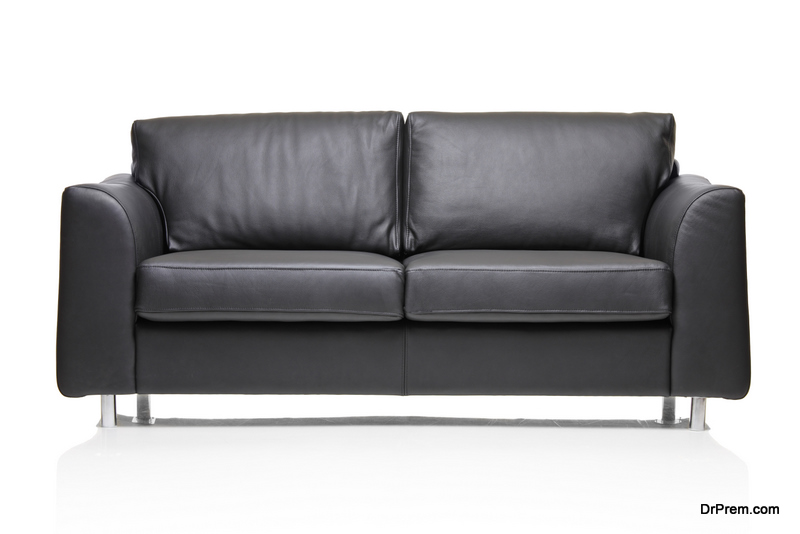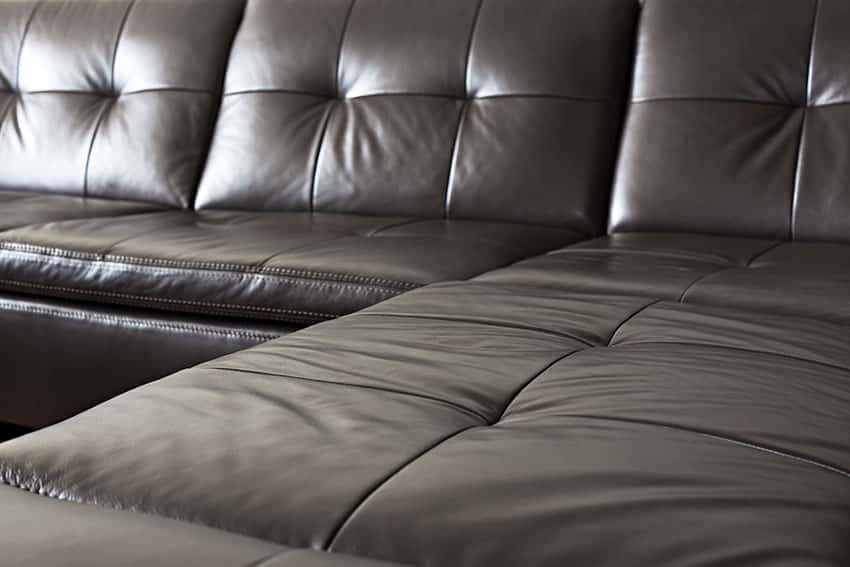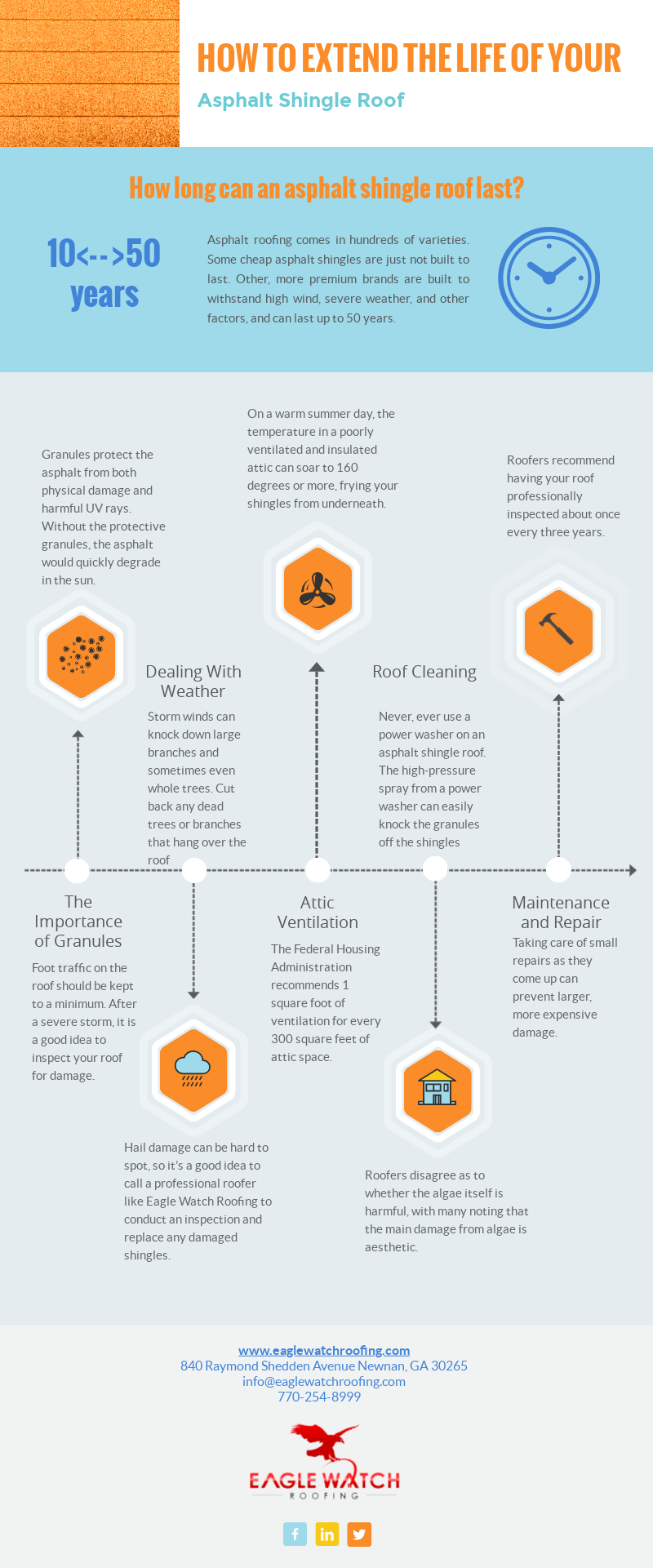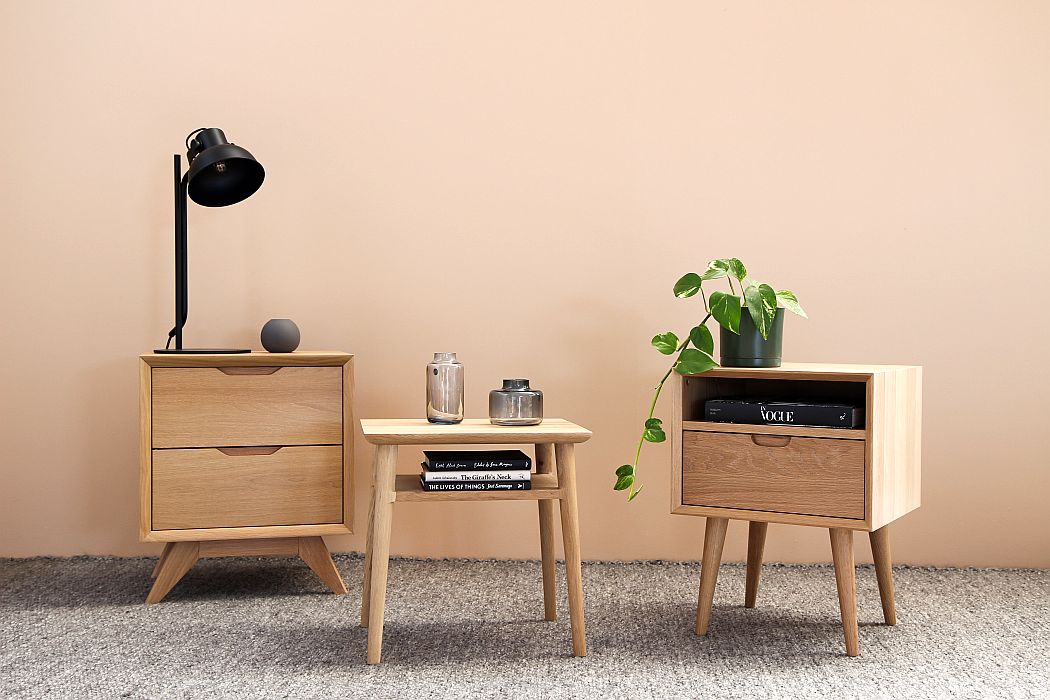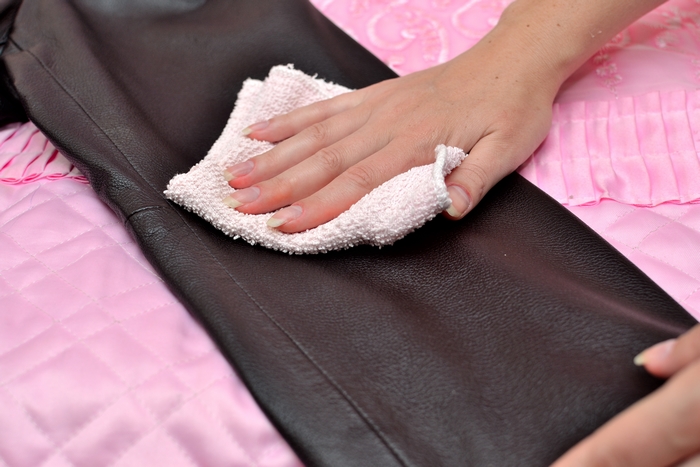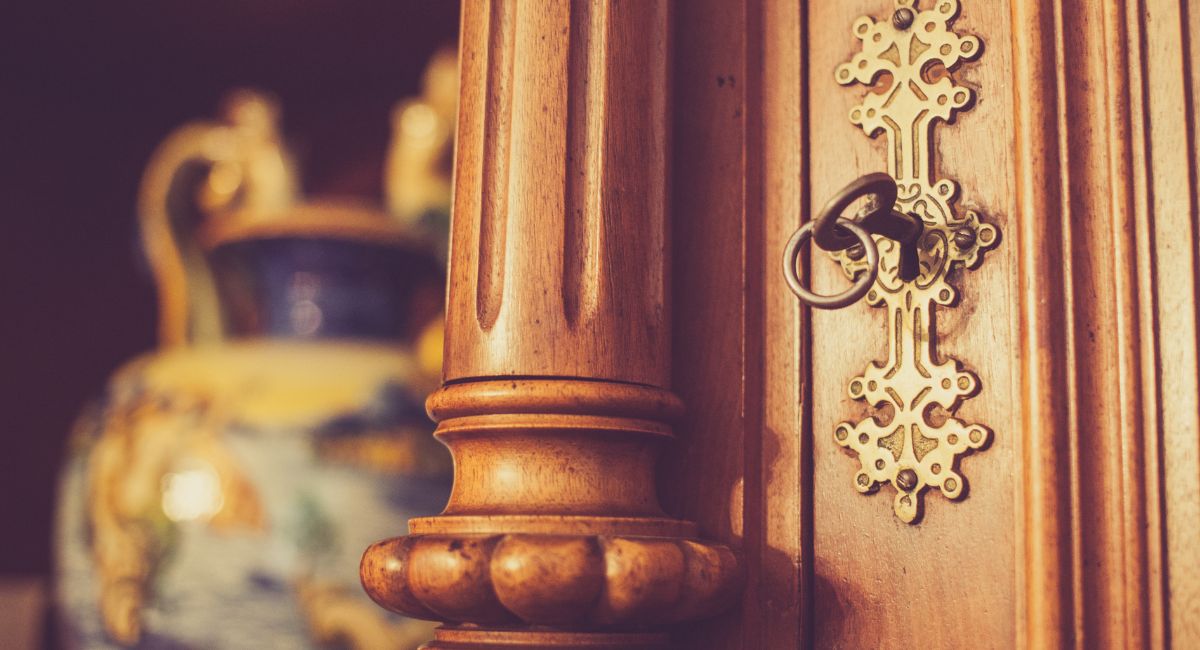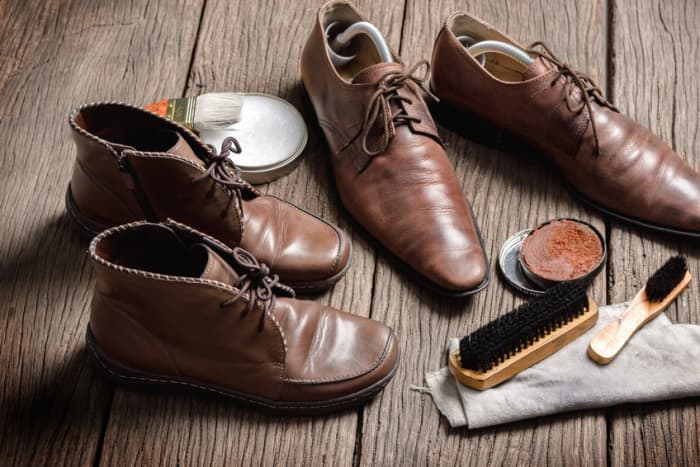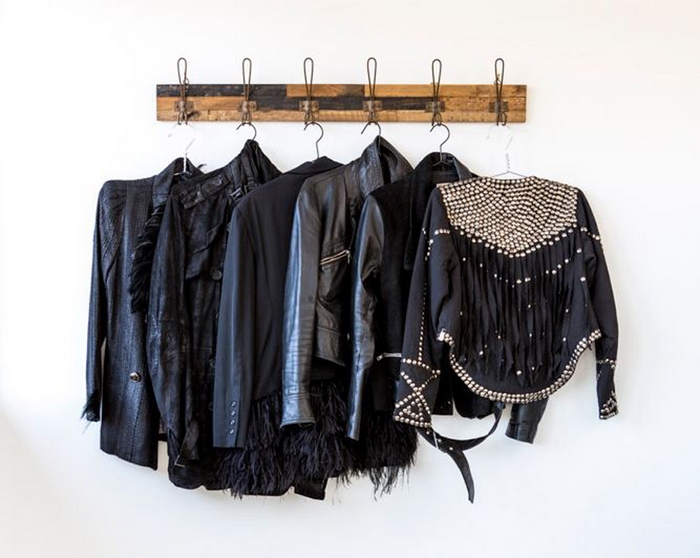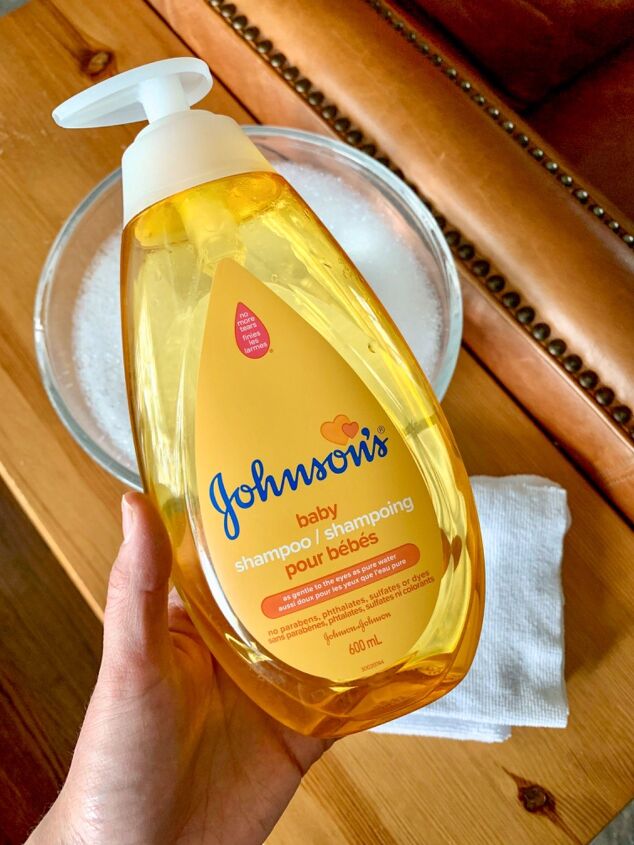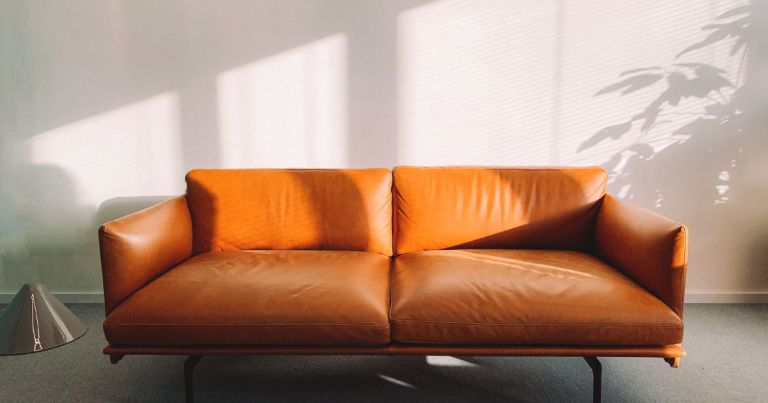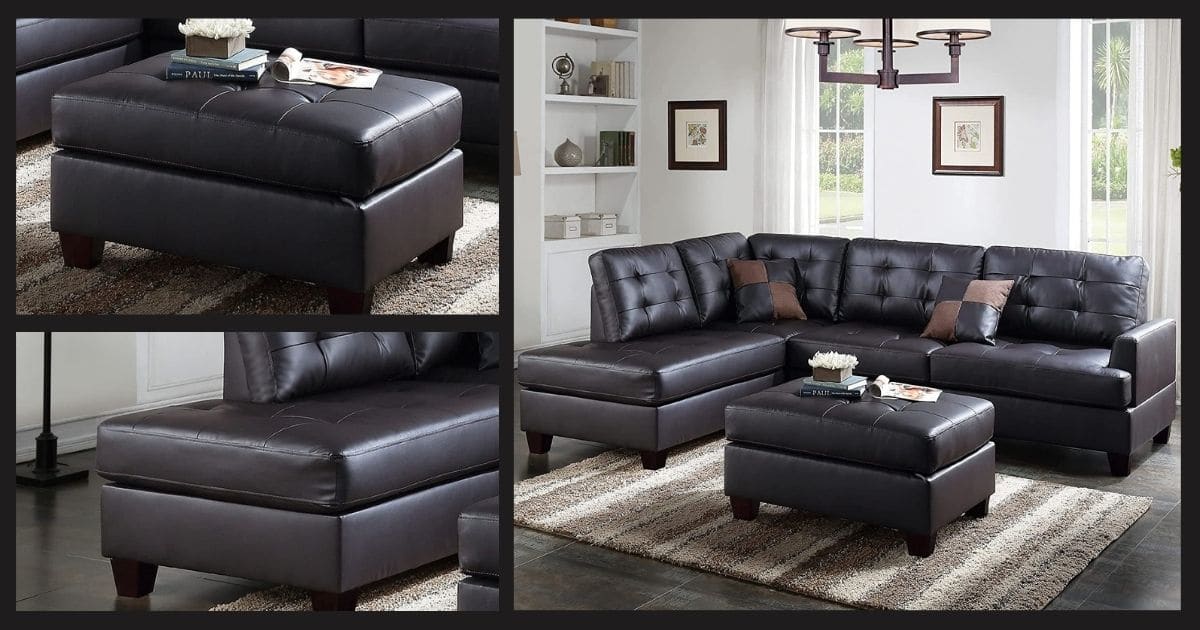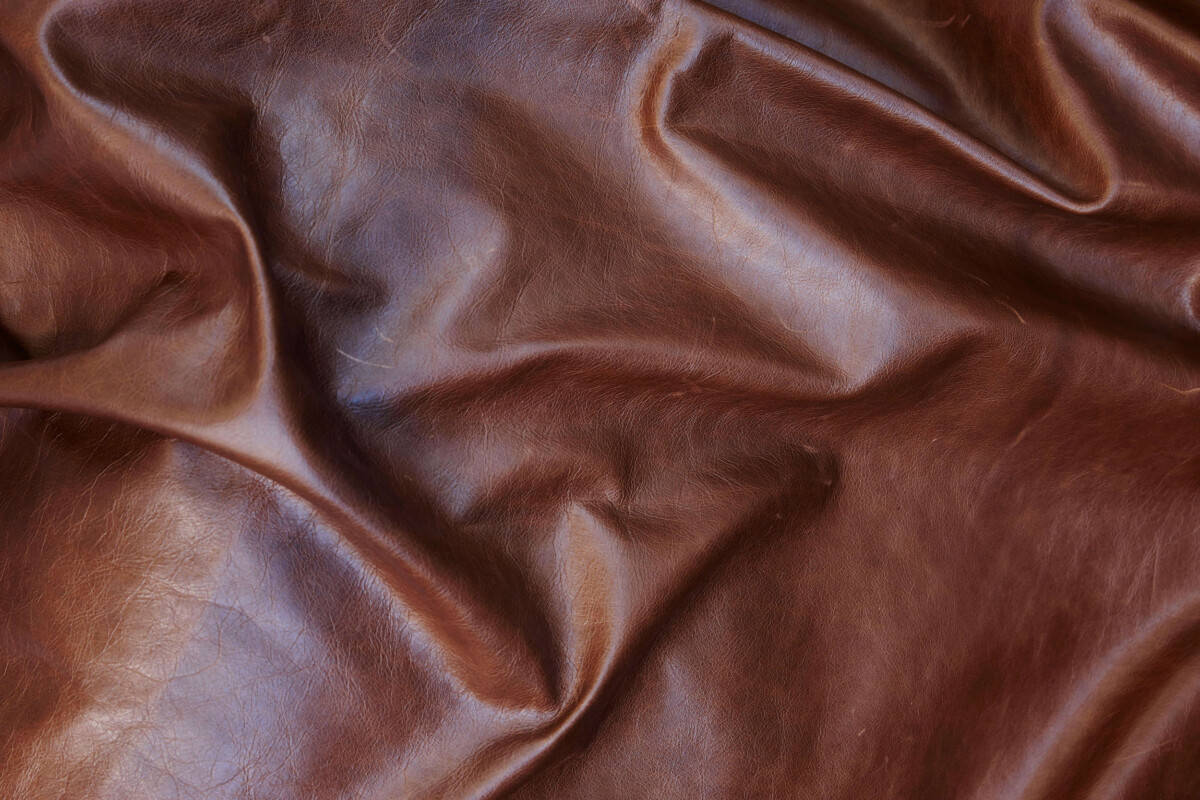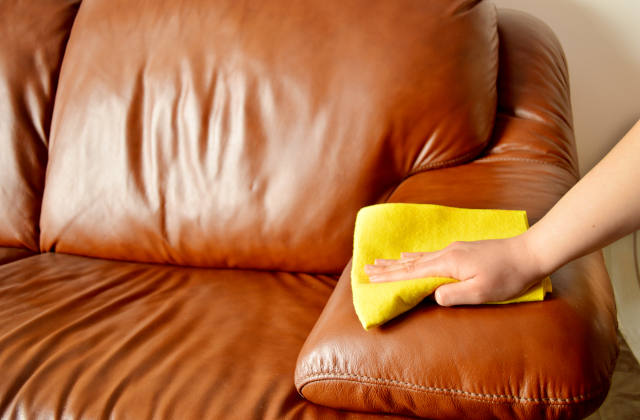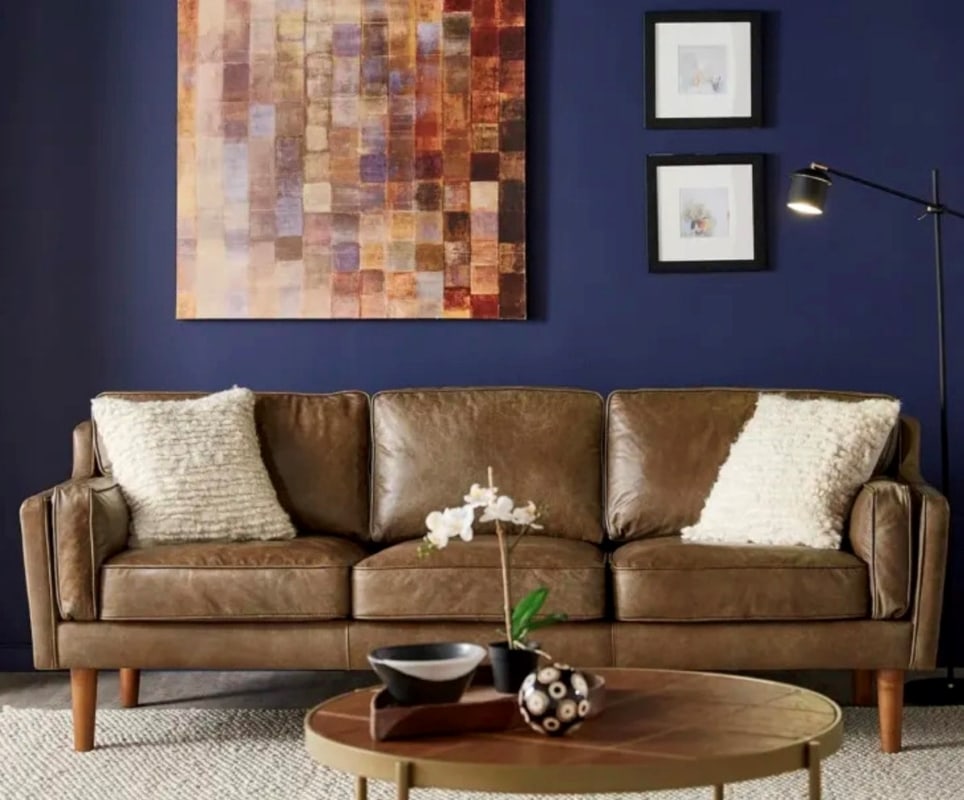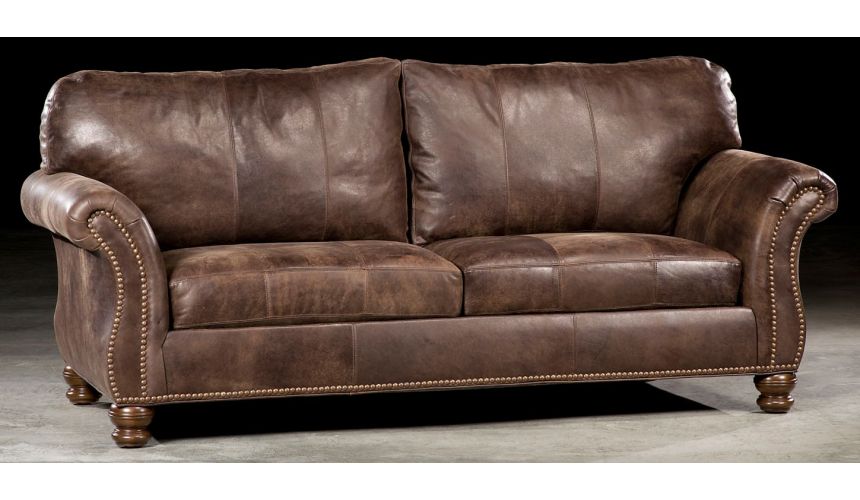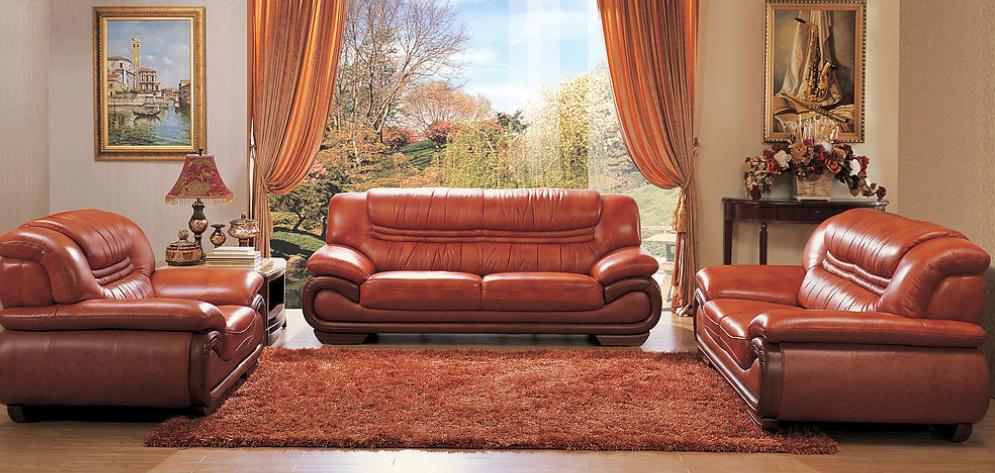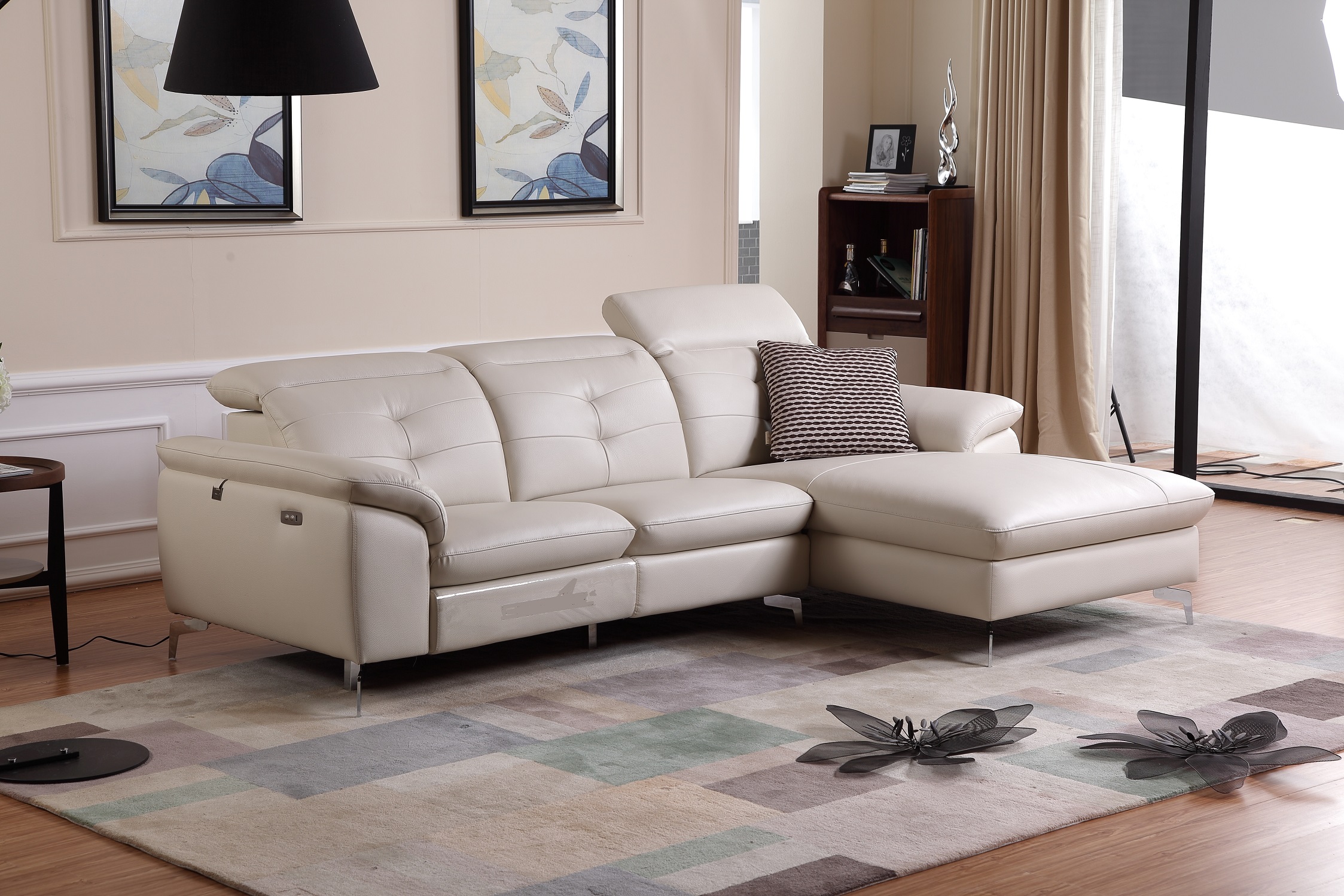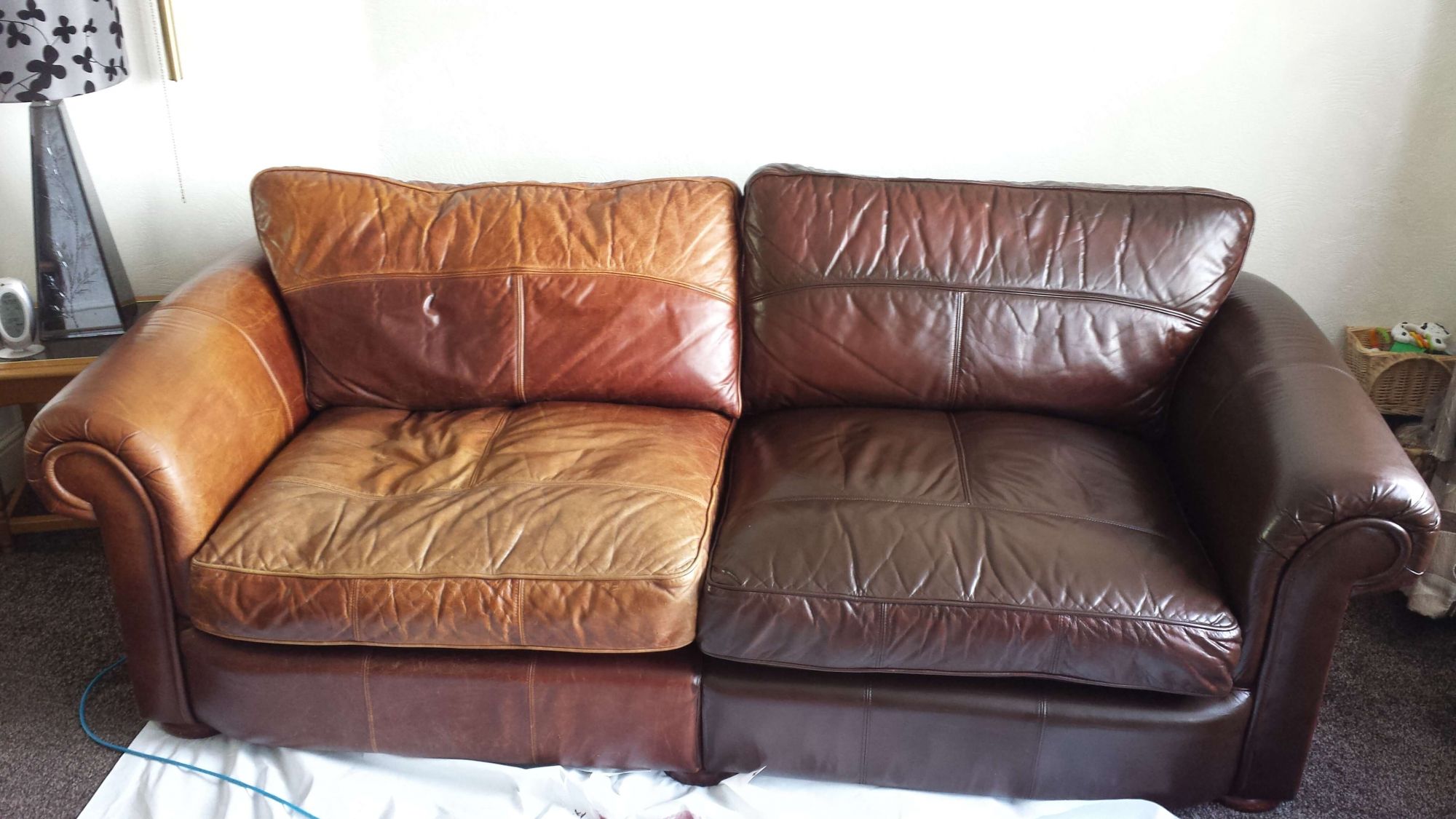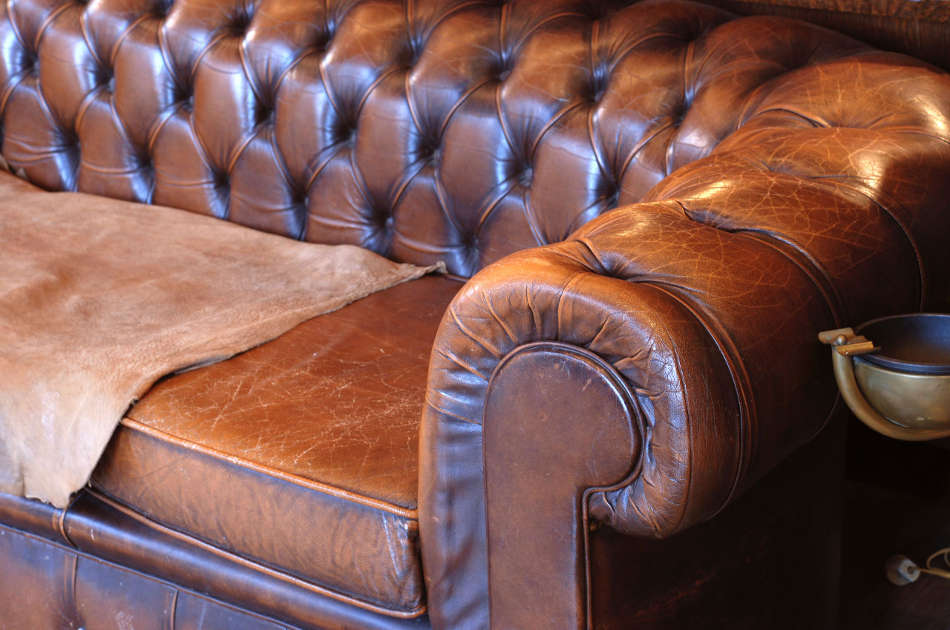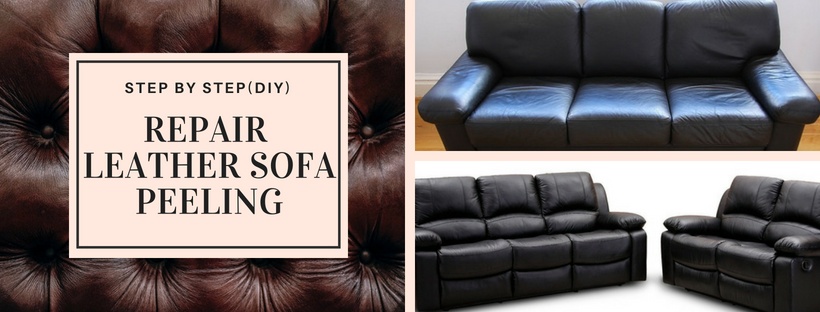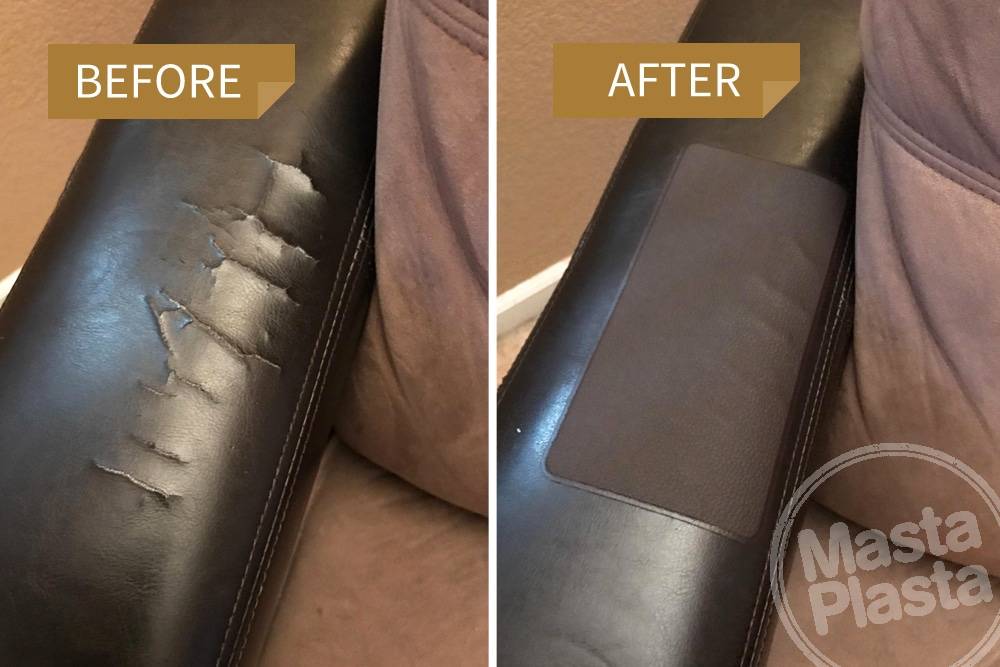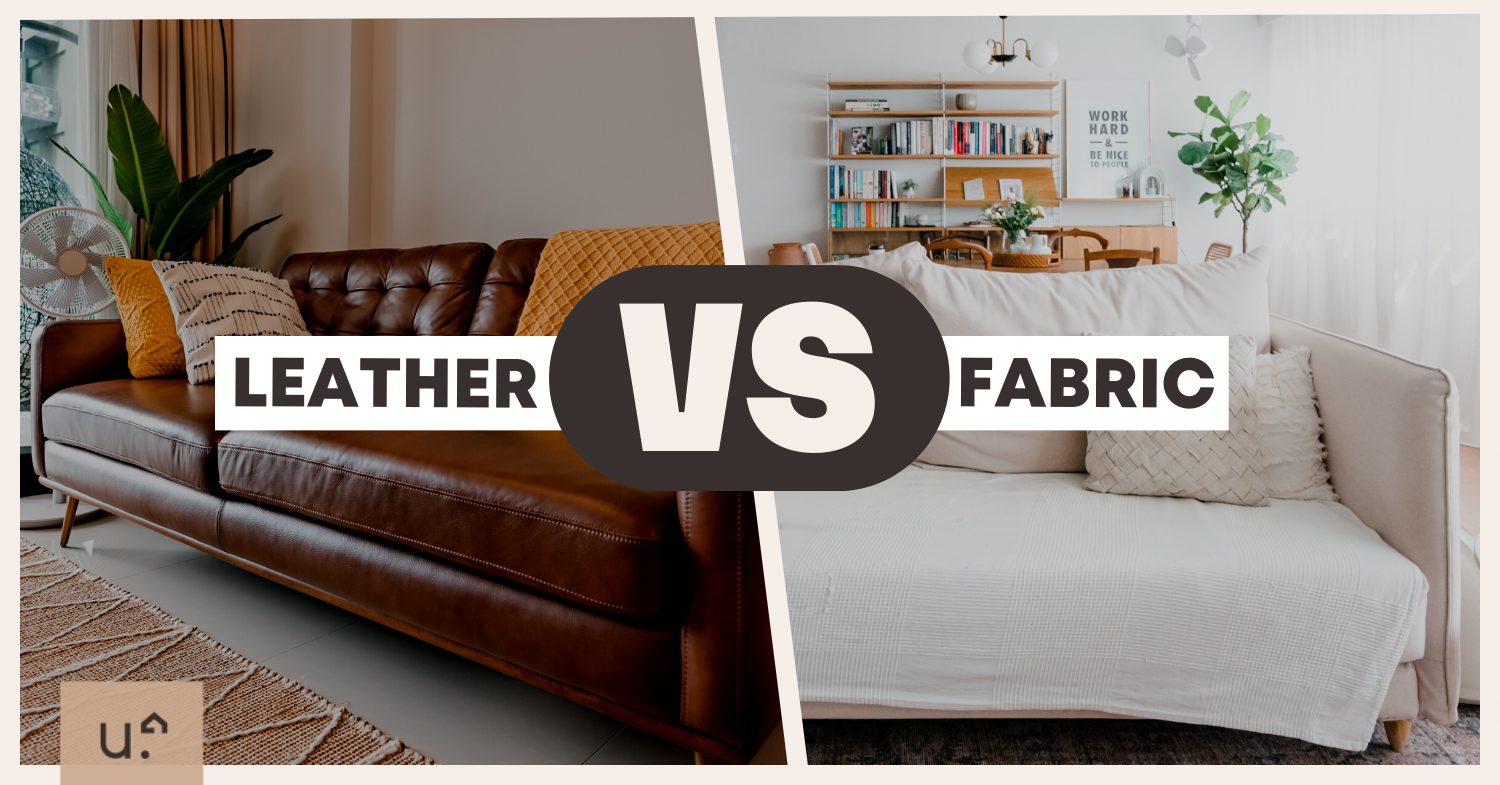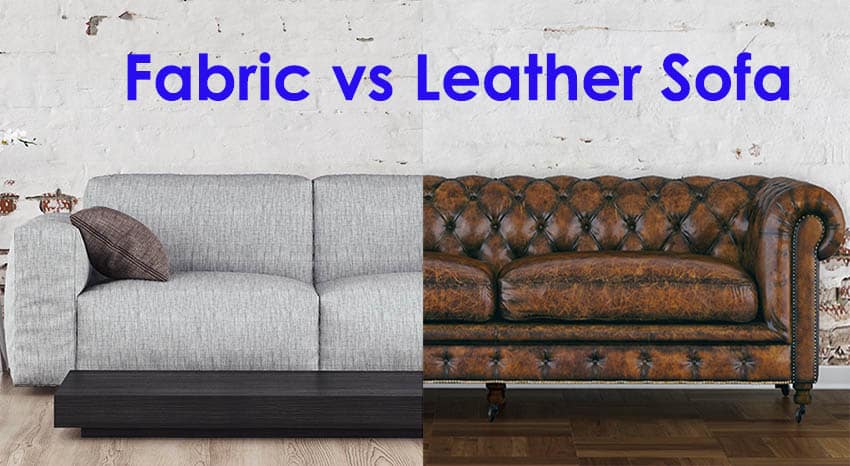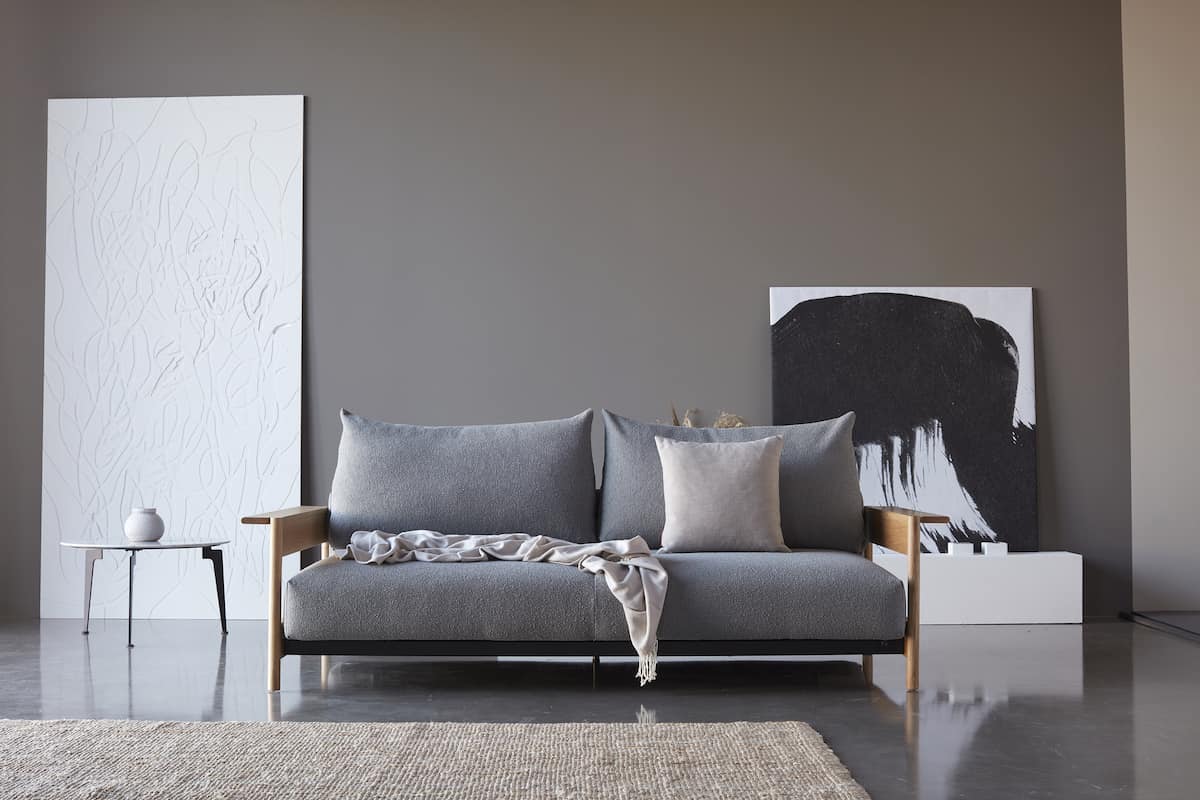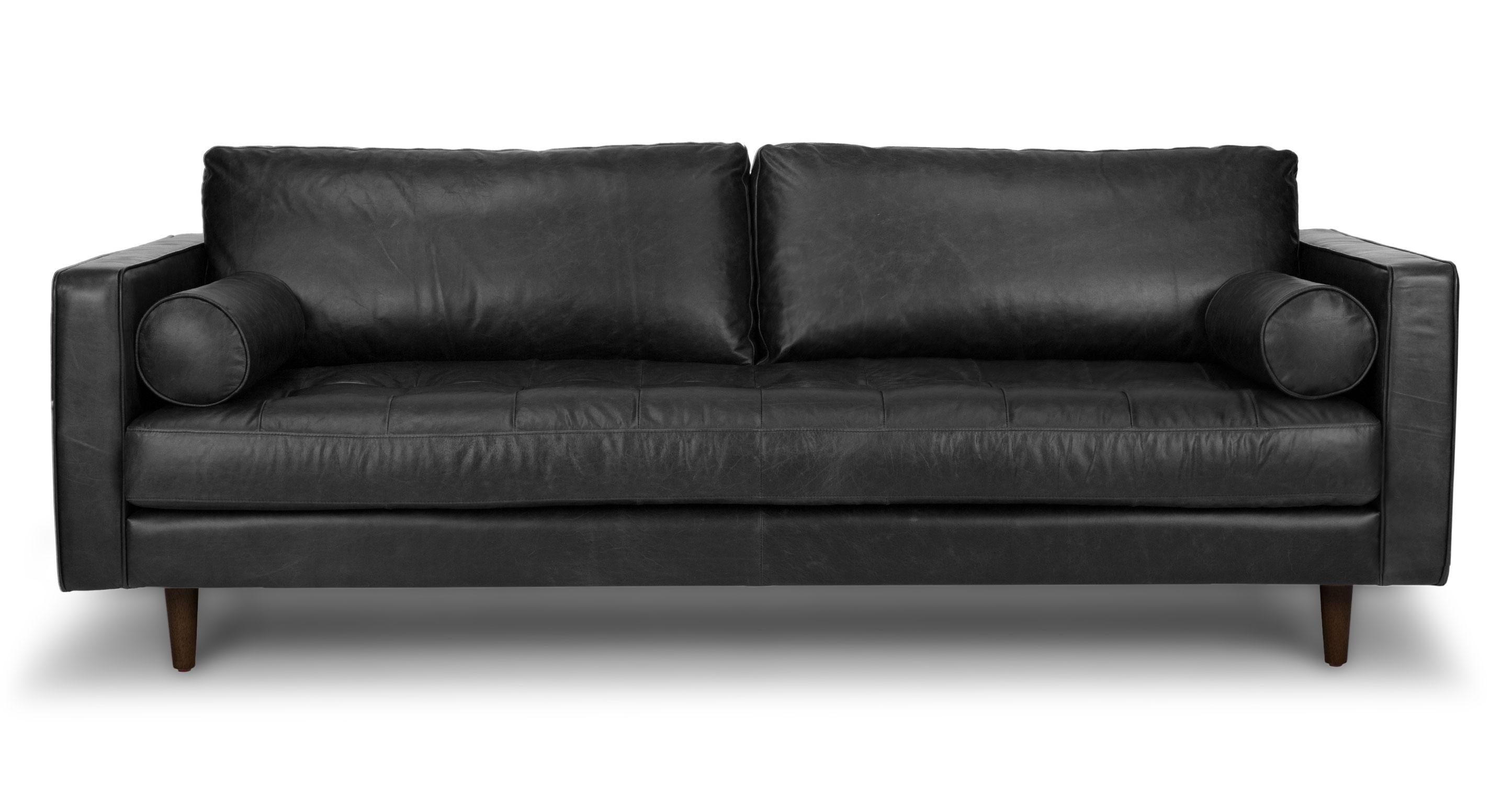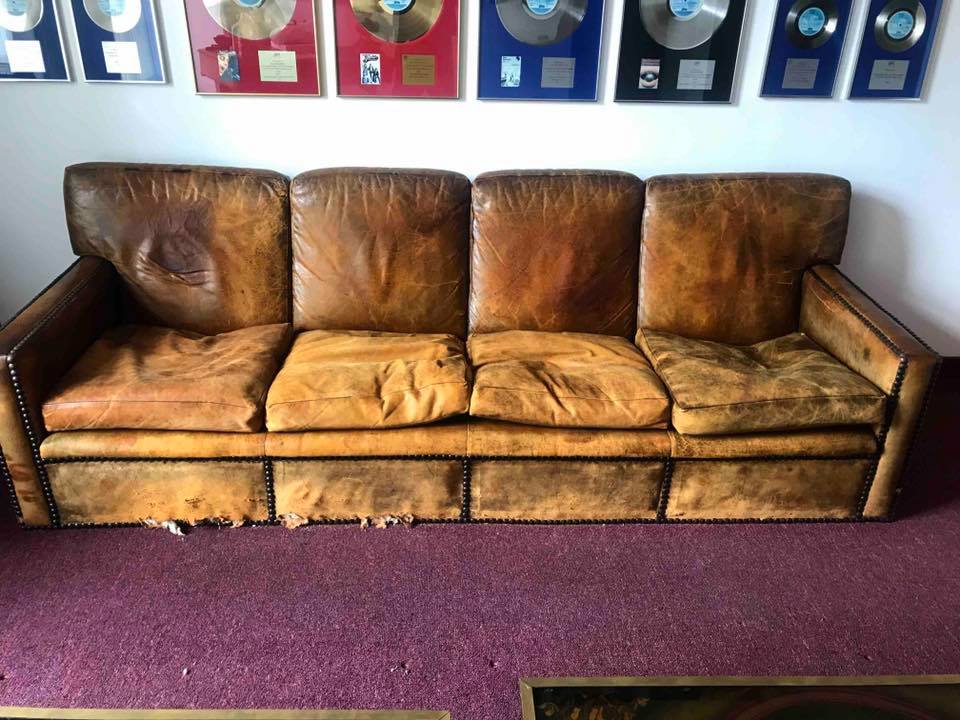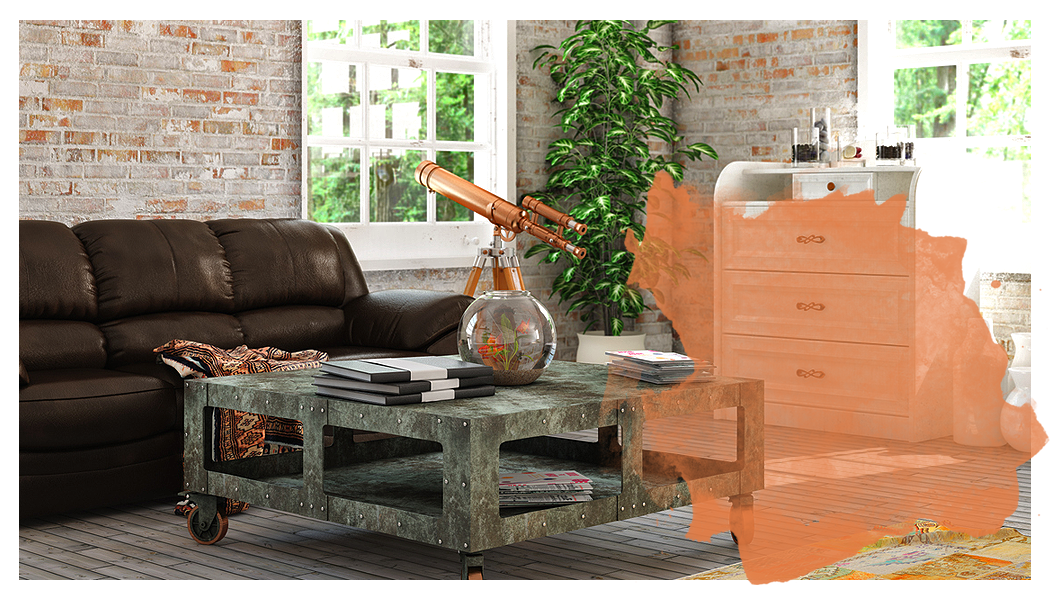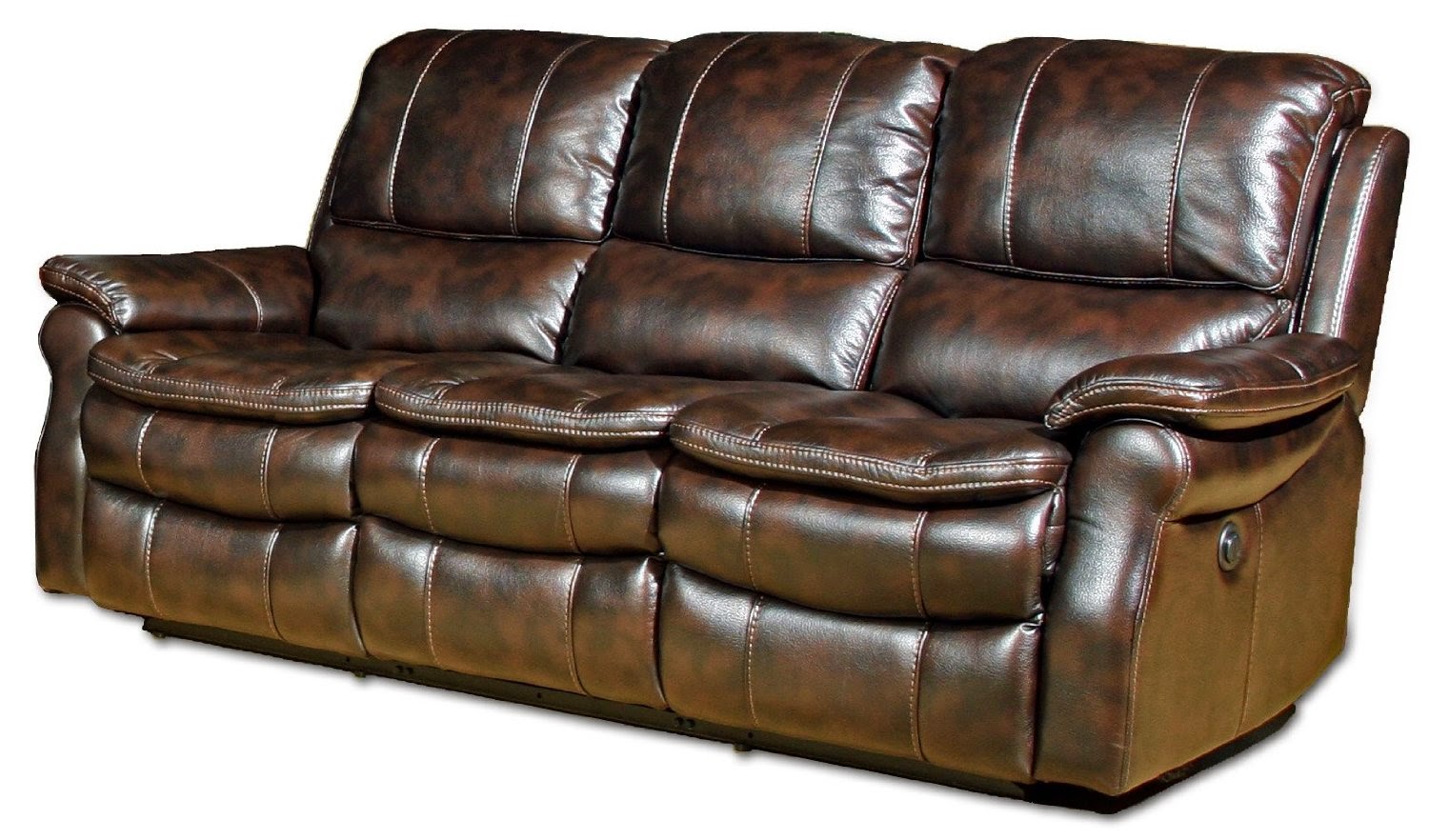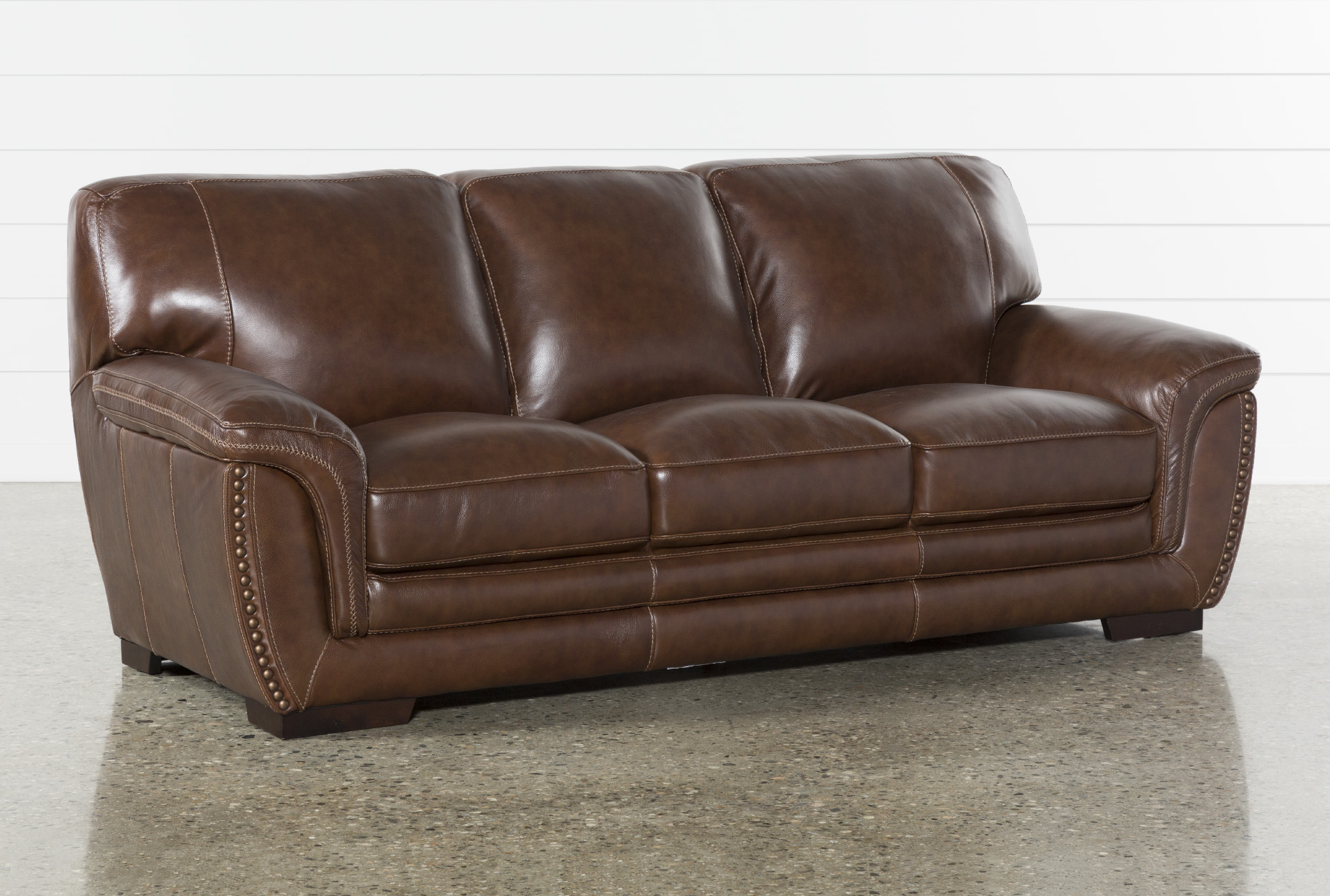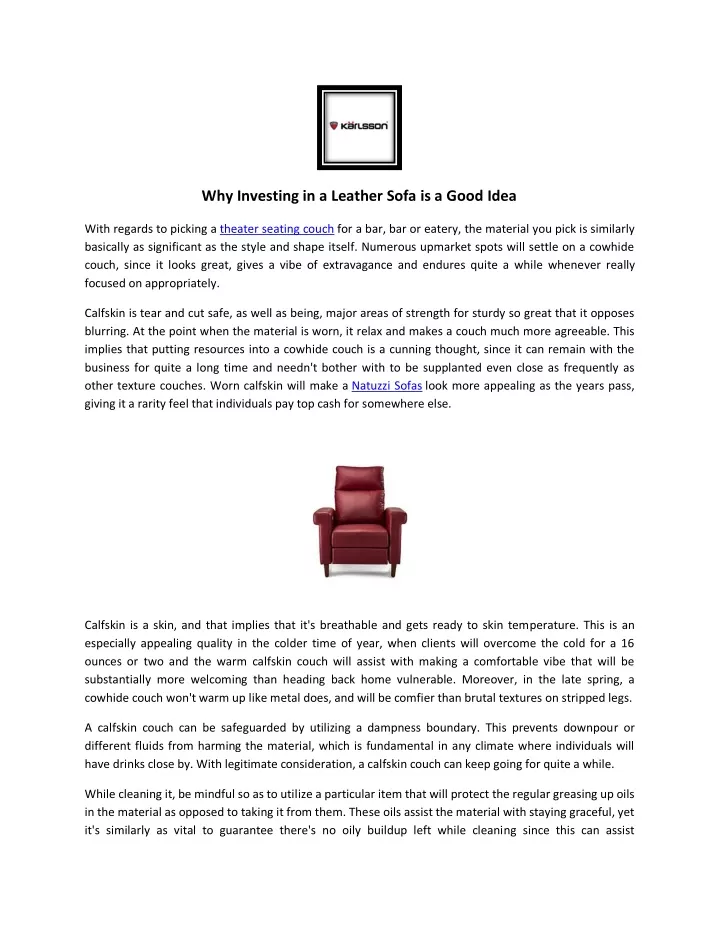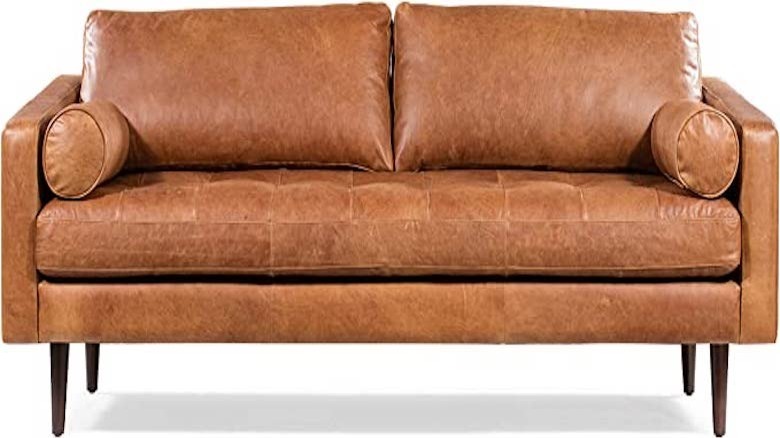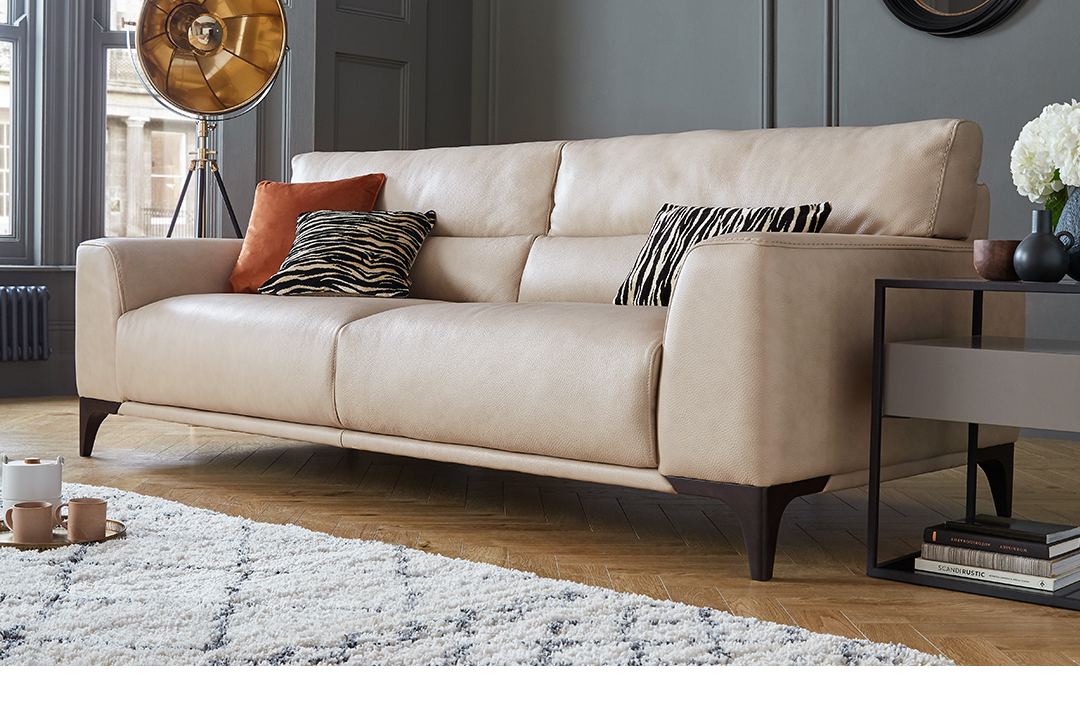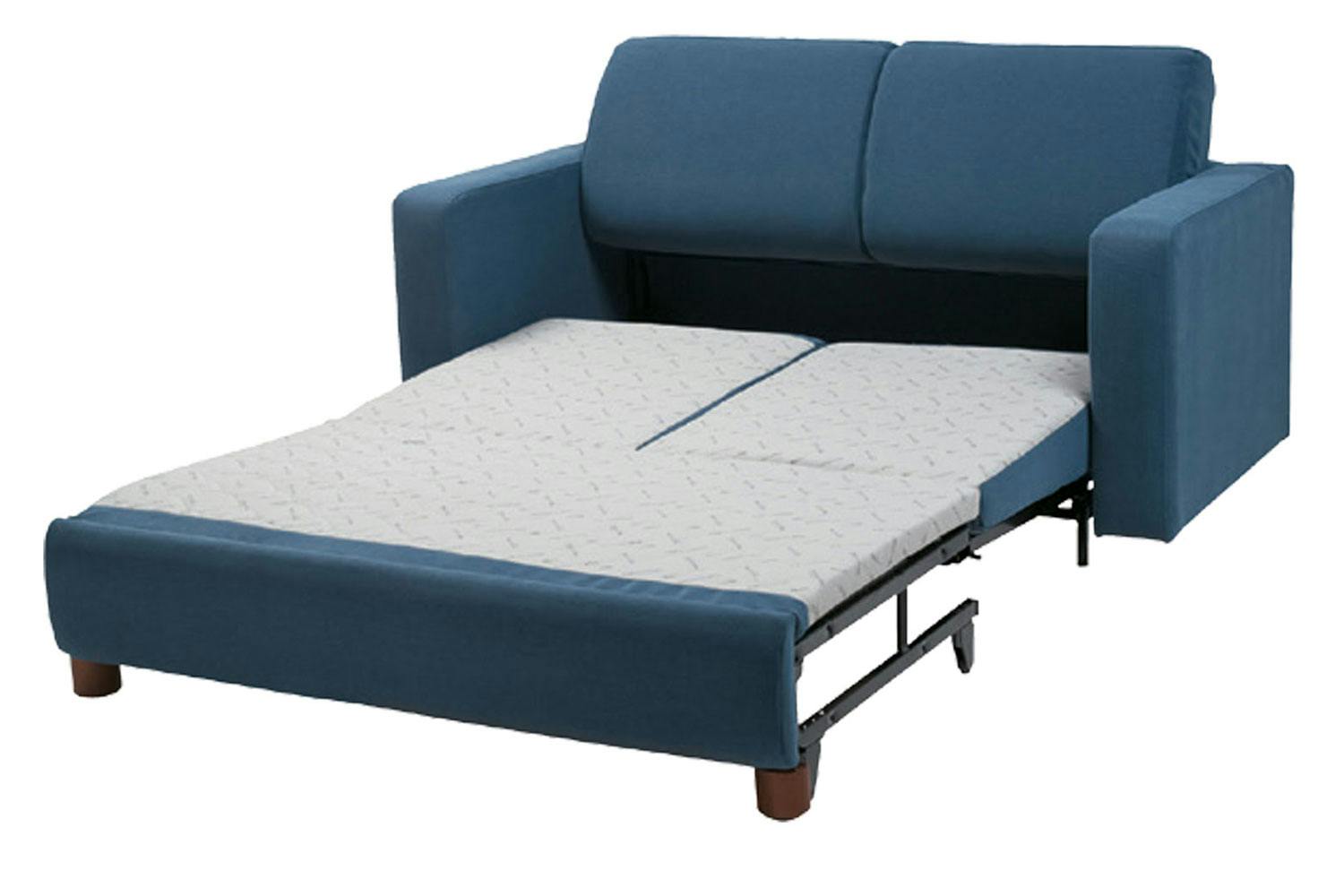Leather Sofa Lifespan: How Long Do Leather Sofas Last?
Leather sofas are a timeless and classic addition to any home. Not only do they provide comfort and style, but they also have a reputation for durability and longevity. But just how long can you expect your leather sofa to last? The answer depends on a variety of factors, from the quality of the leather to how well you take care of it. In this article, we will delve into the lifespan of leather sofas and provide tips on how to extend their longevity.
How to Extend the Lifespan of Your Leather Sofa
With proper care and maintenance, a leather sofa can last for decades. To ensure your leather sofa stands the test of time, here are some tips to keep in mind:
1. Protect it from direct sunlight: Exposure to direct sunlight can cause leather to dry out and fade. To prevent this, place your leather sofa away from windows or use curtains or blinds to block out direct sunlight.
2. Clean and condition regularly: Just like our skin, leather needs to be cleaned and moisturized to maintain its suppleness. Use a leather cleaner and conditioner at least once every 6-12 months to keep your sofa looking and feeling its best.
3. Avoid harsh chemicals: When cleaning your leather sofa, make sure to use products specifically designed for leather. Harsh chemicals and cleaning agents can damage the leather and reduce its lifespan.
4. Keep it away from heat sources: Leather is sensitive to heat and can become dry and brittle when exposed to high temperatures. Be sure to keep your leather sofa away from heating vents and fireplaces.
5. Use coasters and placemats: To prevent spills and stains, use coasters and placemats when placing drinks or food on your leather sofa. This will also help prevent scratches and other damage.
Factors That Affect the Lifespan of a Leather Sofa
While proper care and maintenance can go a long way in extending the lifespan of a leather sofa, there are also other factors to consider:
1. Leather quality: The quality of the leather used in your sofa plays a major role in its durability. Full-grain leather, which is made from the top layer of the hide, is the strongest and most durable type of leather. Top-grain and split-grain leather are also good options, while bonded leather and faux leather have a shorter lifespan.
2. Usage and activity: How often you use your leather sofa and the level of activity it sees can also affect its lifespan. A sofa in a busy household with children and pets may not last as long as a sofa in a single-person household.
3. Maintenance and care: As mentioned earlier, proper care and maintenance are crucial in extending the lifespan of a leather sofa. Neglecting to clean and condition it regularly can significantly reduce its longevity.
4. Climate and environment: The climate and environment of your home can also impact the lifespan of your leather sofa. Humid and damp conditions can cause leather to mold and mildew, while dry conditions can cause it to crack and dry out.
Leather Sofa Care: Tips for Maintaining Longevity
To ensure your leather sofa lasts as long as possible, here are some additional care tips to keep in mind:
1. Vacuum regularly: Use a soft brush attachment to vacuum your leather sofa regularly. This will help remove any dust, dirt, or debris that may accumulate on the surface.
2. Wipe spills immediately: In the event of a spill, be sure to wipe it up immediately with a clean, damp cloth. This will prevent the liquid from seeping into the leather and causing permanent damage.
3. Avoid sharp objects: Avoid placing sharp objects on your leather sofa, as they can cause scratches and tears. If you have pets with sharp claws, make sure to trim them regularly.
4. Rotate and fluff cushions: Regularly rotate and fluff the cushions on your leather sofa to distribute wear and tear evenly. This will prevent one side from becoming noticeably more worn than the other.
Choosing a High-Quality Leather Sofa for Longevity
When shopping for a leather sofa, it's important to invest in a high-quality piece that will last for years to come. Here are some things to look for to ensure you are getting a durable and long-lasting sofa:
1. Check the type of leather: As mentioned earlier, full-grain leather is the best quality and will last the longest. Look for sofas made from this type of leather for maximum durability.
2. Inspect the frame: The frame of the sofa should be made from solid hardwood and be able to support the weight of multiple people. Avoid sofas with frames made from particleboard or plywood, as they are not as sturdy.
3. Look at the stitching and construction: The stitching and construction of a leather sofa can also impact its lifespan. Make sure the stitches are tight and even, and the overall construction is solid and well-made.
Leather Sofa Repair: Extending the Lifespan of Your Furniture
Despite your best efforts, accidents can happen, and your leather sofa may need to be repaired at some point. Fortunately, there are professional leather repair services available that can restore your sofa to its former glory and extend its lifespan even further. If you notice any tears, scratches, or other damage on your leather sofa, don't hesitate to seek out a reputable repair service.
Leather Sofa vs. Fabric Sofa: Which Has a Longer Lifespan?
One question that often arises when considering a leather sofa is whether it will last longer than a fabric sofa. While there are many factors that can affect the lifespan of both types of sofas, leather typically has a longer lifespan than fabric. Leather is more durable and can withstand more wear and tear, making it a better investment in the long run.
How to Tell When Your Leather Sofa Needs to be Replaced
So, how do you know when it's time to say goodbye to your beloved leather sofa? Here are some signs that may indicate it's time for a replacement:
1. Extensive damage: If your leather sofa has significant tears, scratches, or other damage that cannot be repaired, it may be time to replace it.
2. Sagging cushions: Over time, the cushions on a sofa can start to lose their shape and support. If your sofa cushions are noticeably sagging, it's time for a replacement.
3. Uncomfortable seating: As a sofa ages, the padding and support can break down, making it uncomfortable to sit on. If you find yourself constantly shifting and adjusting when sitting on your leather sofa, it may be time for a new one.
Leather Sofa Lifespan: Real Customer Experiences and Reviews
When it comes to the lifespan of a leather sofa, it's always helpful to hear from real customers who have owned one for a significant amount of time. Many customers have reported having their leather sofas for 10, 20, or even 30 years with proper care and maintenance. This is a testament to the durability and longevity of leather sofas when cared for properly.
Investing in a Leather Sofa: Is it Worth the Lifespan?
In conclusion, a high-quality leather sofa has the potential to last for decades with proper care and maintenance. While it may come with a higher price tag initially, the longevity of a leather sofa makes it a worthwhile investment in the long run. So, if you're in the market for a new sofa, consider choosing leather for a stylish and long-lasting addition to your home.
The Importance of Choosing a Durable Leather Sofa for Your Home

The Versatility and Durability of Leather Sofas
 Leather sofas have been a staple in home design for decades, and for good reason. Not only do they add a touch of luxury and sophistication to any living space, but they are also known for their long lifespan. When it comes to furniture, investing in a quality piece that will stand the test of time is crucial. And when it comes to sofas, leather is a top choice for its versatility and durability.
Leather sofas have been a staple in home design for decades, and for good reason. Not only do they add a touch of luxury and sophistication to any living space, but they are also known for their long lifespan. When it comes to furniture, investing in a quality piece that will stand the test of time is crucial. And when it comes to sofas, leather is a top choice for its versatility and durability.
The Lifespan of a Leather Sofa
 One of the main reasons why leather sofas have such a long lifespan is because of the natural properties of leather. Leather is a strong and durable material that can withstand everyday wear and tear. Unlike fabric sofas, which can easily tear or stain, leather sofas are more resistant to scratches, spills, and other types of damage. With proper care and maintenance, a leather sofa can last for decades, making it a worthwhile investment for your home.
One of the main reasons why leather sofas have such a long lifespan is because of the natural properties of leather. Leather is a strong and durable material that can withstand everyday wear and tear. Unlike fabric sofas, which can easily tear or stain, leather sofas are more resistant to scratches, spills, and other types of damage. With proper care and maintenance, a leather sofa can last for decades, making it a worthwhile investment for your home.
Factors That Affect the Lifespan of a Leather Sofa
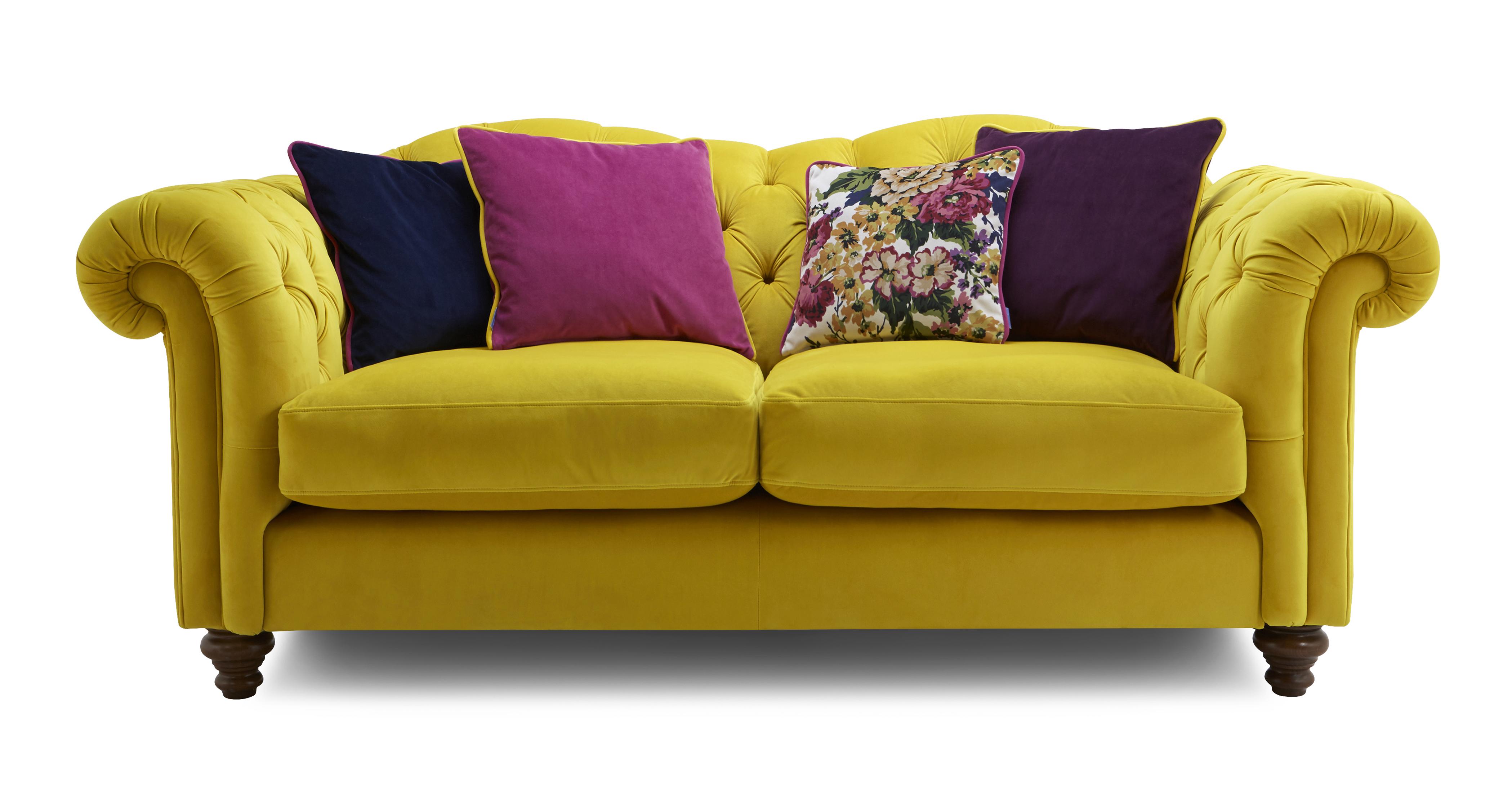 The lifespan of a leather sofa can also be influenced by several factors such as the quality of the leather, the construction of the sofa, and the level of usage.
Choosing a high-quality leather, such as full-grain or top-grain leather, can significantly increase the longevity of your sofa
. These types of leather are more durable and can maintain their appearance and structure for a longer period of time. Additionally,
a well-constructed leather sofa with a sturdy frame and quality cushioning can also contribute to its lifespan
. It is also important to consider the level of usage and placement of the sofa in your home. A sofa that is heavily used or exposed to direct sunlight may experience more wear and tear, compared to one that is used less frequently and placed in a shaded area.
The lifespan of a leather sofa can also be influenced by several factors such as the quality of the leather, the construction of the sofa, and the level of usage.
Choosing a high-quality leather, such as full-grain or top-grain leather, can significantly increase the longevity of your sofa
. These types of leather are more durable and can maintain their appearance and structure for a longer period of time. Additionally,
a well-constructed leather sofa with a sturdy frame and quality cushioning can also contribute to its lifespan
. It is also important to consider the level of usage and placement of the sofa in your home. A sofa that is heavily used or exposed to direct sunlight may experience more wear and tear, compared to one that is used less frequently and placed in a shaded area.
How to Extend the Lifespan of Your Leather Sofa
 To ensure that your leather sofa lasts for many years,
regular maintenance is key
. This includes wiping down the sofa with a soft cloth and using a leather conditioner to keep the leather moisturized and prevent it from drying out or cracking. It is also important to address any spills or stains immediately to prevent them from setting into the leather.
Placing your leather sofa away from direct sunlight and heat sources can also help preserve its appearance and structure
. With proper care, your leather sofa can continue to be a timeless and durable piece in your home for years to come.
In conclusion, the lifespan of a leather sofa is a significant factor to consider when choosing furniture for your home. With their versatility, durability, and longevity, leather sofas are an excellent investment for any household. By
choosing a high-quality leather, investing in a well-constructed sofa, and practicing proper maintenance
, you can ensure that your leather sofa will remain a stylish and functional piece in your home for many years.
To ensure that your leather sofa lasts for many years,
regular maintenance is key
. This includes wiping down the sofa with a soft cloth and using a leather conditioner to keep the leather moisturized and prevent it from drying out or cracking. It is also important to address any spills or stains immediately to prevent them from setting into the leather.
Placing your leather sofa away from direct sunlight and heat sources can also help preserve its appearance and structure
. With proper care, your leather sofa can continue to be a timeless and durable piece in your home for years to come.
In conclusion, the lifespan of a leather sofa is a significant factor to consider when choosing furniture for your home. With their versatility, durability, and longevity, leather sofas are an excellent investment for any household. By
choosing a high-quality leather, investing in a well-constructed sofa, and practicing proper maintenance
, you can ensure that your leather sofa will remain a stylish and functional piece in your home for many years.
